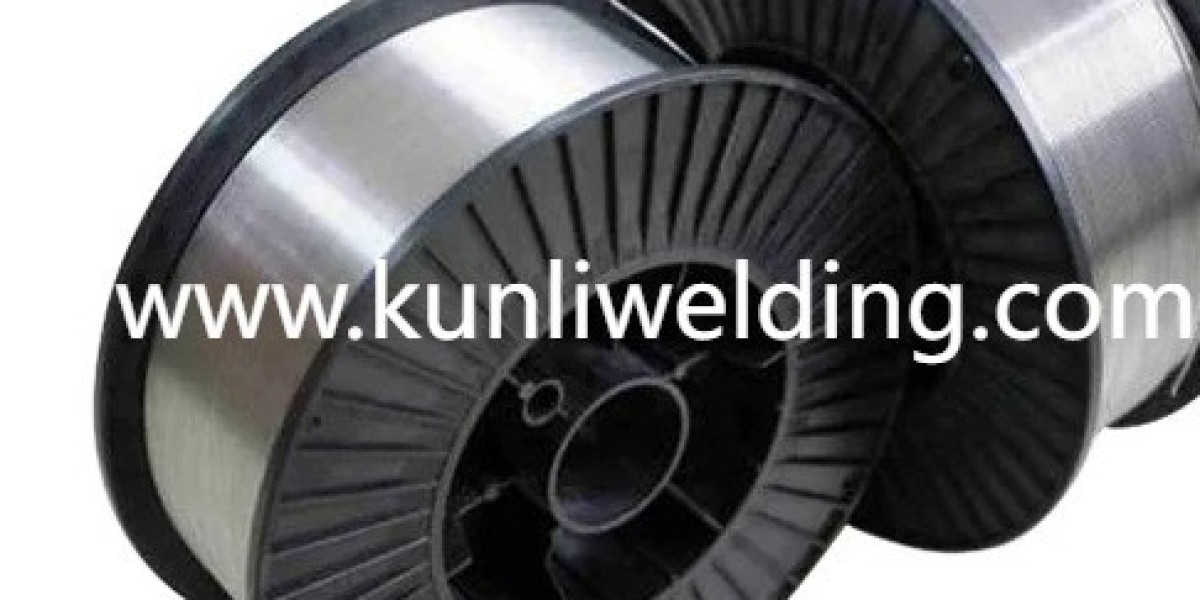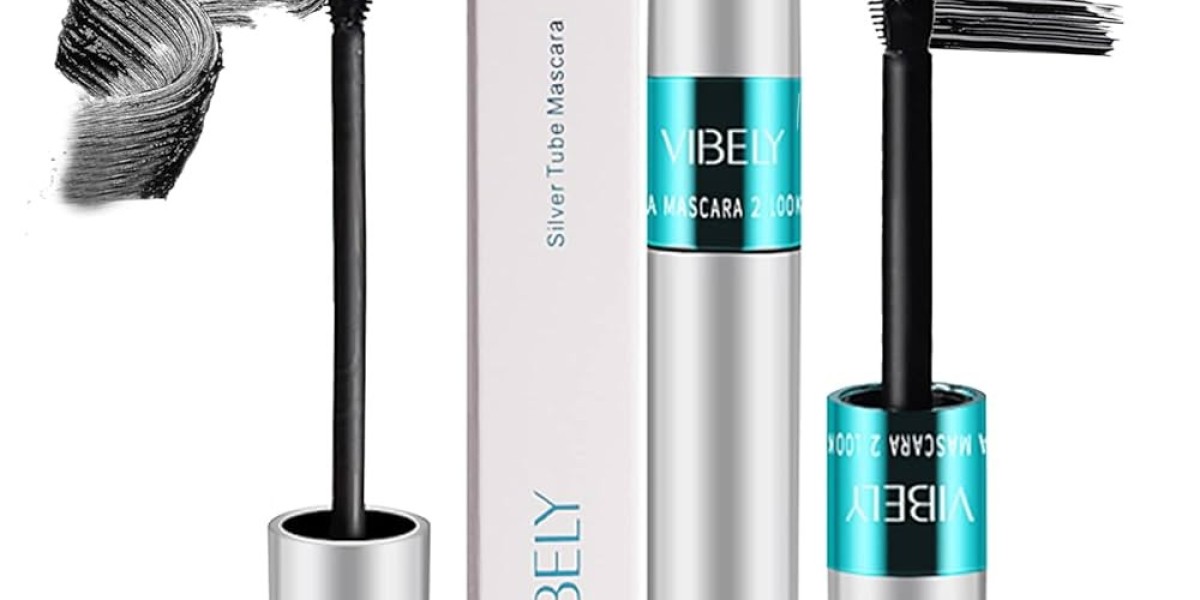When project teams evaluate partners for long running fabrication programs, they often start with a focused review of potential vendors. Many buyers look for Aluminum Welding Wire Manufacturers that combine repeatable production controls with clear documentation and accessible technical support. A structured verification process reduces surprises on the shop floor and helps procurement align material selection with welding procedures, inspection plans, and operational timelines.
Begin by requesting company level information. Ask for process flow diagrams, facility capabilities, and evidence of routine calibration for key equipment. Production transparency includes visible drawing and annealing stages, along with inline inspection points. If on site visits are impractical, ask for virtual tours and recent audit reports. These materials reveal whether the maker maintains consistent diameter tolerances and surface condition from reel to reel.
Documentation matters. Require lot level test reports that state chemical composition and mechanical properties. Verify that the supplier retains batch samples and that spectrometer data is available upon request. Traceable records simplify root cause analysis if a weld issue appears later in assembly. Also request handling and packing descriptions so you know how spools were stored and shipped prior to arrival.
Sample testing accelerates confidence. Before committing to full production volumes, request small qualification reels and perform welding trials under conditions that reflect actual production. Include tests for bead profile, penetration, and susceptibility to common defects. Supplement visual assessment with non destructive inspection to detect subsurface anomalies. When trials succeed, document parameter sets and link them to spool lot numbers.
Quality systems and external validation add another layer of assurance. Ask whether the manufacturer subjects processes to routine third party inspection and whether they publish internal quality manuals. Certifications and audit outcomes indicate disciplined procedures but confirm details rather than relying on labels alone. Look for evidence of continuous improvement such as corrective action records and trend analysis of defect rates.
Supply chain transparency influences availability. Confirm raw material provenance and ask how the supplier manages alloy sourcing during market shifts. In times of logistical turbulence, makers that maintain regional inventory hubs or offer consigned stock options can reduce lead time risk. Discuss contract terms that specify acceptable substitutions, delivery windows, and escalation steps for urgent needs.
Logistics and packaging protect material condition. Proper sealing, desiccant use, and padded reels preserve surface finish and prevent oxidation. For field projects, compact spool formats and pre cut lengths reduce handling time and minimize waste. Clarify return and replacement policies for damaged reels so teams can react quickly without stopping production.
Technical support shortens qualification timelines. A supplier that provides parameter guidance, parameter libraries for automated equipment, and on site commissioning assistance helps joiners replicate successful trials at scale. Ask about training programs that cover feeder setup liner selection and common troubleshooting points. Practical guidance reduces rework and maintains consistent joint appearance.
Price and service trade offs deserve close inspection. Low quoted cost can hide variability in lot consistency or extra charges for urgent deliveries. Negotiate clear payment terms and include clauses that share risk for major supply interruptions. When possible, pilot orders reveal whether cost savings persist once real world conditions affect production and shipping.
Finally, build a feedback loop. Track lot numbers, production operators, and welding parameters for every critical joint. This record keeping turns isolated quality events into learnable data and improves supplier collaboration. Over time, a data driven relationship reduces uncertainty and aligns material delivery with project goals.
For detailed product specifications, technical documentation, and procurement support visit www.kunliwelding.com . The site provides access to product pages, contact details for application specialists, and guidance on sample requests and qualification procedures. These resources can help teams set up trials, verify documentation, and establish stable supply arrangements for ongoing fabrication programs.






